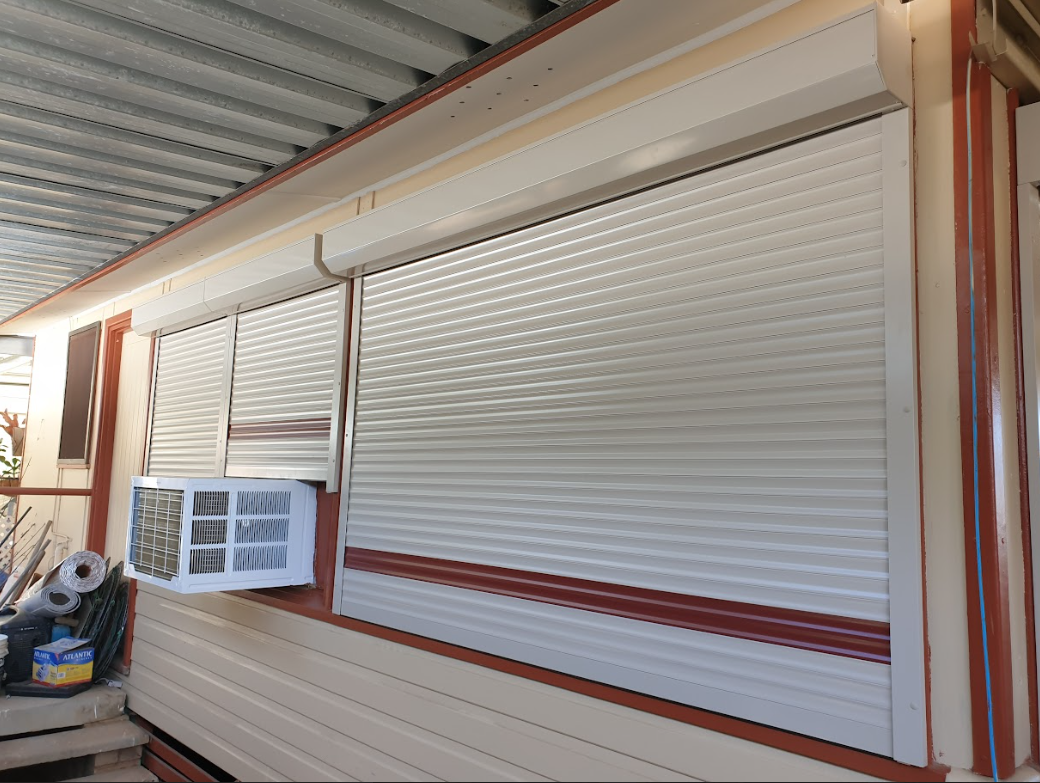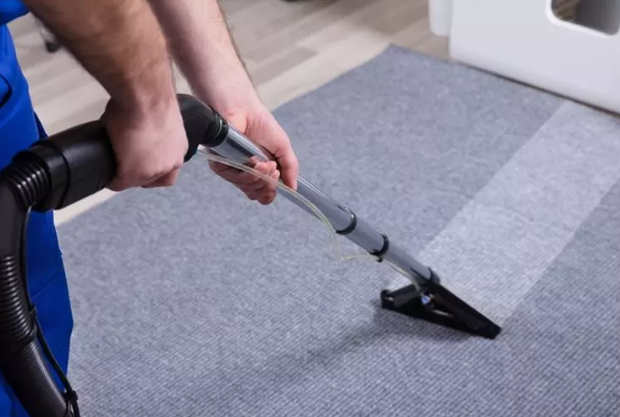Keeping the living room clean is sometimes considered an unending process since small damages happen from time to time. From a scratch on the coffee table to a dent on the wall, it is helpful to know how to deal with such problems and when to seek professional help. Here, we will guide you step by step, giving expert advice and recommendations on how to handle damages in your living room and fix them on your own.
Repairing Cracks in Ceramic Tiles:
Furniture that uses ceramic tiling is quite strong but can crack, particularly in areas within the living room that experiences much traffic. If your living room has suspended ceilings bolton, it’s essential to address small cracks promptly to prevent further damage to both the tiles and the ceiling structures. In repairing minor damages such as small cracks, it is recommended to use a cleaner designed for tiles and let the area dry on its own. Rub a thin layer of epoxy or a ceramic tile filler using a putty knife, making sure the compound penetrates all of the crack’s depth.
Repairing Scratches on Wooden Furniture:
Scratches are likely to occur on wooden furniture due to the normal course of use, which reduces the beauty of the furniture. For small scratches, use a furniture polish or putty that has the same shade as the piece of furniture. Massage it across the scratch in the direction of the grain and clean the extra residue from the area. To give a fine finish for the deeper scratches one can use the wax sticks or markers that are available in the wooden repair kits.
Patching Small Holes in Drywall:
Small puncture marks on the drywall surface, which occur due to nails or screws, are usual in living rooms. Start by wiping the area surrounding the hole with a piece of wet cloth to ensure that it is free from dust and debris. Now, spread the spackling compound using the putty knife, forcing it into the hole to fill the hole completely. Level it with the knife and again taper it at the edges so that it merges well with the adjoining wall. When it is solid, sand it, and apply a primer and paint to match the rest of the wall on the patched spot.
Fixing Loose or Squeaky Floorboards:
Faulty floorboards such as those that are loose or squeaky can also hamper the serene environment you desire in your living space. For squeaks, use talcum powder or powdered graphite between the space of the boards so that there is less friction. In that case, there are squeak-reducing screws that are designed to be inserted through the floorboards and pulls it closer tightly without affecting the surface of the floor. For walls with metal stud and track construction, ensure screws are correctly aligned to secure the board firmly.
Addressing Stains on Upholstery:
Spots on fabric cause quite a disturbance to the texture and frequently it becomes a problem on how to clean them. For water-safe fabrics, use a clean cloth with a solution of mild detergent and water and lightly dab it into the area with the stain. Do not use very aggressive scrubbing as this might harm the fabric fibers. In case of the sensitive material or stains that do not wash off, one can see an expert in cleaning upholstery who is specialized in addressing different types of stains without affecting the material.
All in all, repairing small damages in your living room calls for time and effort, effective tools to help you do it right. If you use these professional guidelines, you can fix your living room and return it to its original look without the high costs of repair or replacement. It is important to remember that fixing small hitches as they occur not only beautifies your space but also improves the durability of your furniture and other items.





